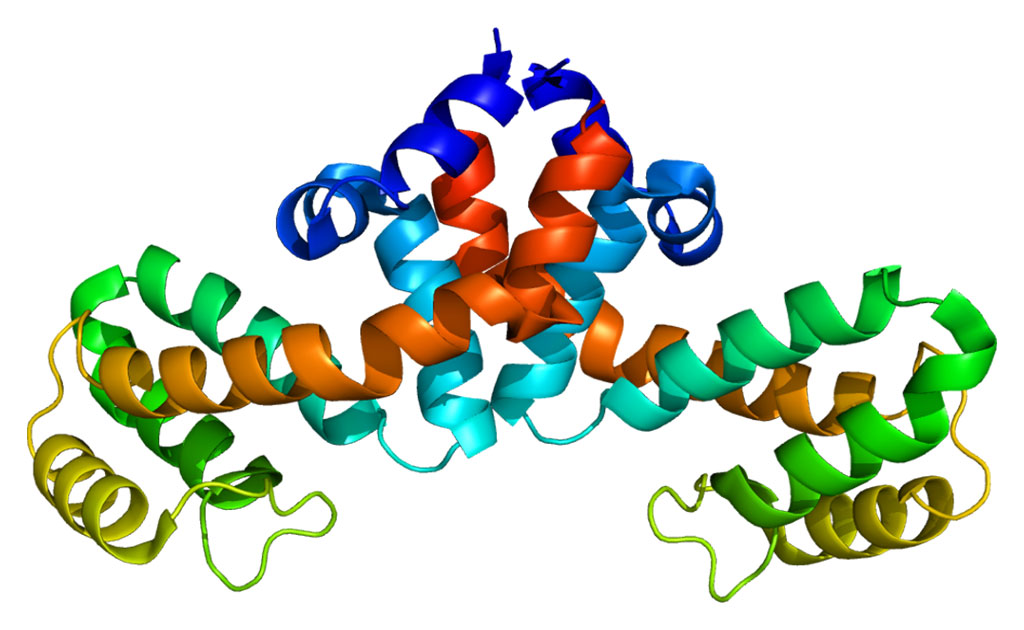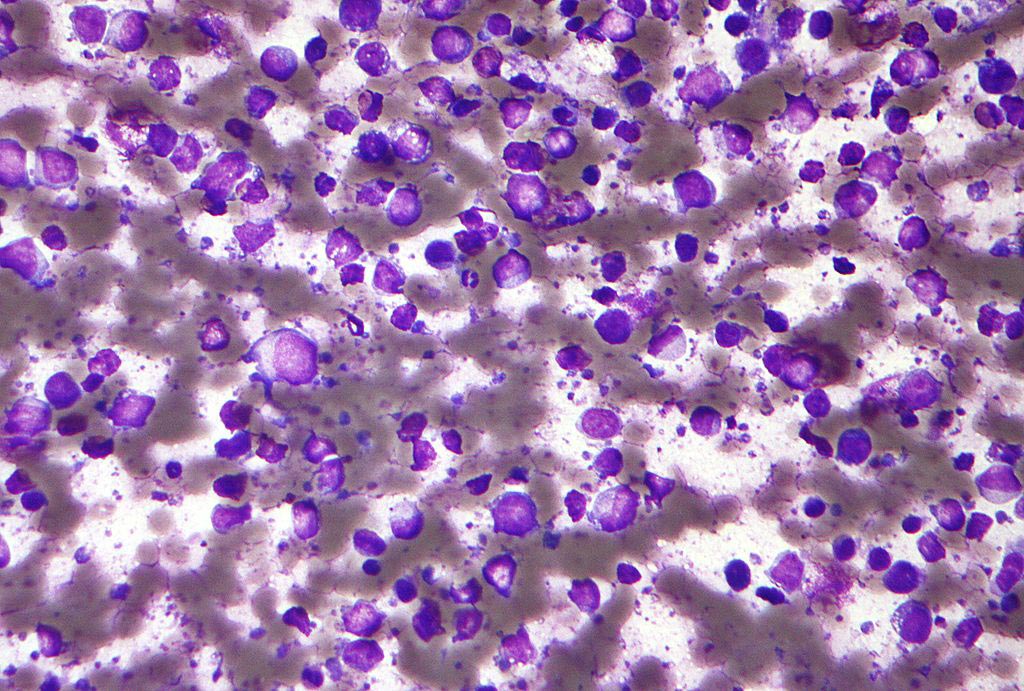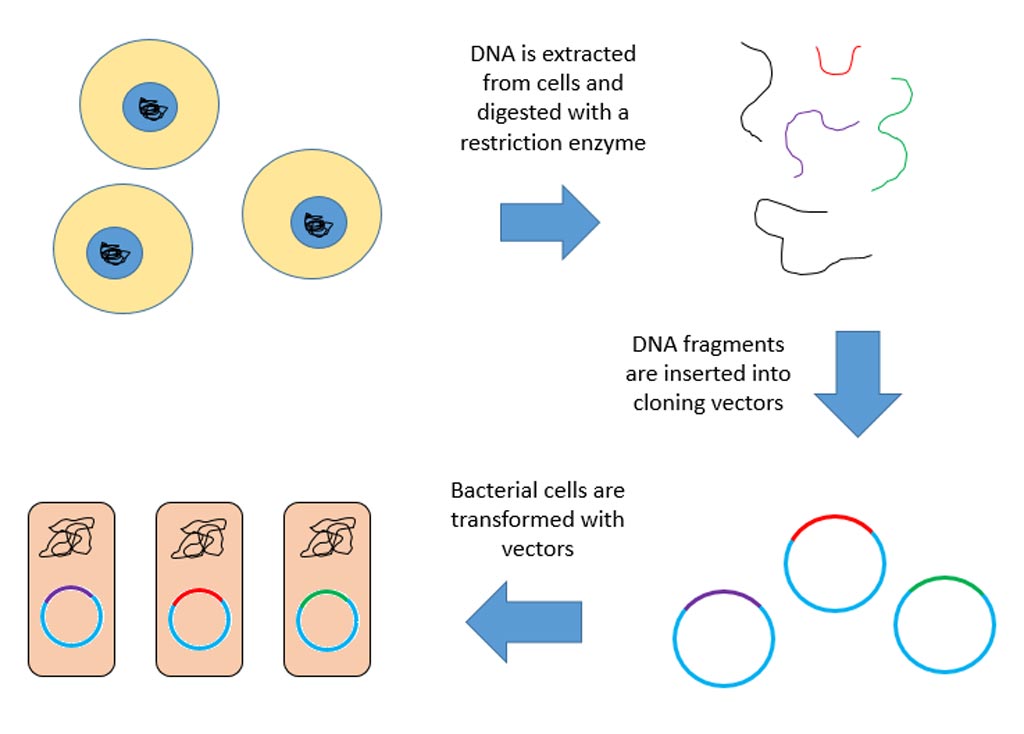Smart Nanoparticles Designed to Identify, Target, and Kill Cancer Cells
By LabMedica International staff writers
Posted on 07 Apr 2010
Nanoparticles have been designed that can identify, target, and destroy specific cancer cells while leaving healthy cells alone.Posted on 07 Apr 2010
Led by Dr. Carl Batt, a professor of food science at Cornell University (Ithaca, NY, USA), the researchers synthesized nanoparticles--shaped similar to a dumbbell --made of gold sandwiched between two pieces of iron oxide. They then attached antibodies, which target a molecule found only in colorectal cancer cells, to the particles. Once bound, the nanoparticles are engulfed by the cancer cells.
To kill the cells, the researchers used a near-infrared laser, which is a wavelength that does not harm normal tissue at the levels utilized, but the radiation is absorbed by the gold in the nanoparticles. This causes the cancer cells to heat up and die. "This is a so-called ‘smart' therapy,” Dr. Batt said. "To be a smart therapy, it should be targeted, and it should have some ability to be activated only when it's there and then kills just the cancer cells.”
The goal, according to lead author and biomedical graduate student Dickson Kirui, is to improve the technology and make it suitable for testing in a human clinical trial. The researchers are now working on a similar experiment targeting prostate cancer cells. "If, down the line, you could clinically just target the cancer cells, you could then spare the health surrounding cells from being harmed--that is the critical thing,” Mr. Kirui said.
Gold has potential as a material key to combating cancer in future smart therapies. It is biocompatible, inert, and comparatively easy to modify chemically. By changing the size and shape of the gold particle, the investigators can tune them to respond to different wavelengths of energy.
Once taken up by the researchers' gold particles, the cancer cells are destroyed by heat--just a few degrees above normal body temperature--while the surrounding tissue is left unharmed. Such a low-power laser does not have any effect on surrounding cells because that specific wavelength does not heat up cells if they are not loaded up with nanoparticles, the researchers explained.
Using iron oxide, which is essentially rust, as the other parts of the particles might one day allow scientists to also track the progress of cancer treatments using magnetic resonance imaging, Mr. Kirui noted, by taking advantage of the particles' magnetic properties.
The research was published in the February 15, 2010, online edition of the journal Nanotechnology.
Related Links:
Cornell University














